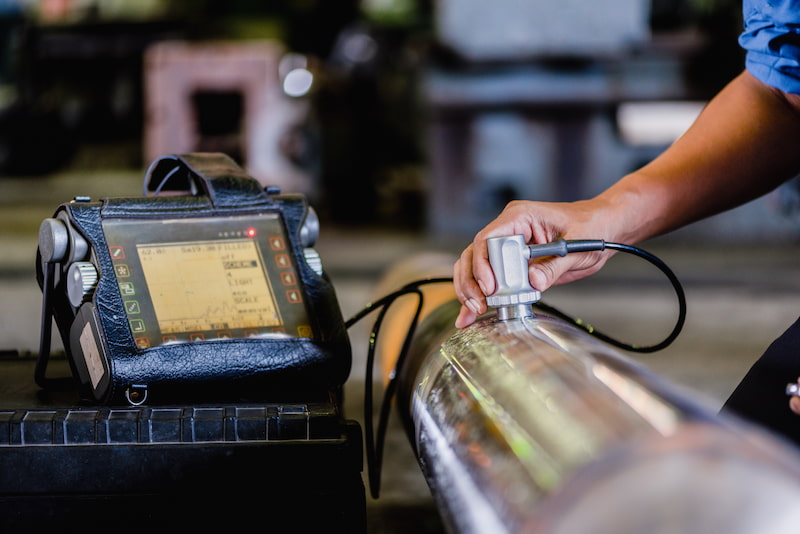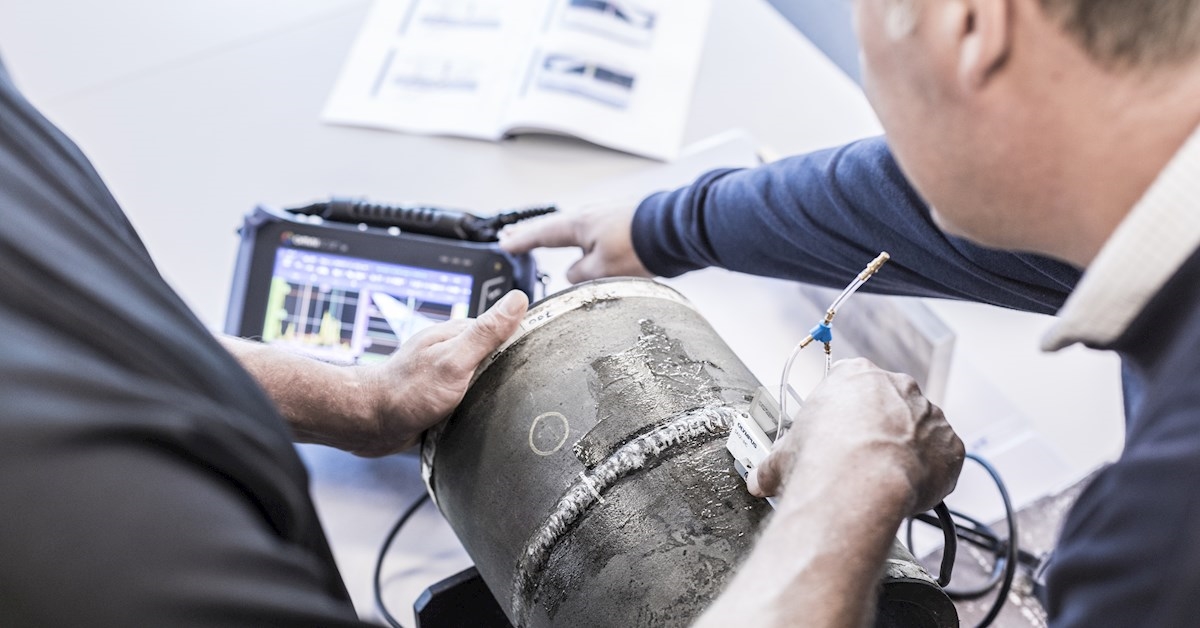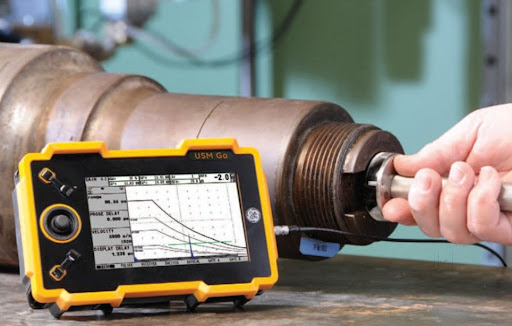In the realm of industrial inspection, the importance of synchronization cannot be overstated. As industries become increasingly automated, the need for precise and timely inspection processes has grown. Synchronization ensures that all components of the inspection system work in harmony, leading to higher accuracy and efficiency. This article will delve into why synchronization is crucial in industrial inspection and how it impacts the overall quality assurance process.

Understanding Industrial Inspection
Industrial inspection involves various processes that ensure the quality and safety of products and machinery. These inspections are critical in identifying defects, ensuring compliance with standards, and maintaining operational efficiency. In industries such as manufacturing, aerospace, and automotive, inspections must be precise and reliable.
The Role of Synchronization
Synchronization in industrial inspection refers to the coordinated operation of inspection tools and systems. This coordination is essential to ensure that measurements are accurate and consistent. For example, in the context of crack detection, synchronization can determine the optimal frequency for detecting anomalies, thus enhancing the accuracy of the inspection.
Enhanced Accuracy and Consistency
One of the primary benefits of synchronization is enhanced accuracy. When inspection tools are synchronized, they can provide consistent results, reducing the likelihood of errors. This consistency is crucial in industries where even minor defects can have significant consequences.
Improved Efficiency
Synchronization also improves the efficiency of the inspection process. By ensuring that all components of the inspection system work together seamlessly, synchronization minimizes downtime and increases the speed of inspections. This efficiency is particularly important in high-volume industries where time is of the essence.
Technological Advances in Synchronization
With advancements in technology, synchronization in industrial inspection has become more sophisticated. Modern systems utilize advanced algorithms and sensors to achieve high levels of synchronization. These technologies enable real-time data analysis, allowing for immediate adjustments and improvements in the inspection process.
The Role of Sensors
Sensors play a crucial role in synchronization. They provide the necessary data for coordinating inspection tools and systems. For more information on the synchronization between sensors, check out this detailed guide.
Algorithmic Precision
Algorithms are the backbone of modern synchronization. They process data from sensors and adjust the operation of inspection tools in real-time, ensuring precise and accurate results.
Challenges in Achieving Synchronization
Despite its benefits, achieving synchronization in industrial inspection is not without challenges. Factors such as equipment compatibility, data integration, and system complexity can hinder synchronization efforts. Addressing these challenges requires a comprehensive approach that considers both technological and organizational aspects.
Equipment Compatibility
Ensuring that all components of the inspection system are compatible is essential for effective synchronization. This compatibility extends to both hardware and software, requiring careful planning and integration.
Data Integration
Data integration is another critical factor in synchronization. Inspection systems must be able to share and process data seamlessly to achieve synchronized operation.
Importance in Quality Assurance
The importance of synchronization extends to quality assurance, where it plays a vital role in maintaining product standards and ensuring customer satisfaction. By providing accurate and reliable inspection results, synchronization helps industries uphold their reputation and meet regulatory requirements.
Regulatory Compliance
Many industries are subject to strict regulatory standards. Synchronization ensures that inspections meet these standards, preventing costly fines and recalls.
Customer Satisfaction
By ensuring product quality and safety, synchronization contributes to customer satisfaction. Reliable inspection results build trust with customers and enhance brand reputation.
Future Trends in Synchronization
As technology continues to evolve, the future of synchronization in industrial inspection looks promising. Emerging technologies such as artificial intelligence and machine learning are set to enhance synchronization further, offering new possibilities for efficiency and accuracy.
Artificial Intelligence
AI can enhance synchronization by enabling predictive analysis and adaptive responses in inspection systems. This capability allows for dynamic adjustments, improving inspection accuracy and efficiency.
Machine Learning
Machine learning algorithms can analyze vast amounts of data to identify patterns and trends, optimizing synchronization efforts. This technology holds the potential to revolutionize industrial inspection processes.
Resources for Further Reading
For those interested in exploring further, resources such as lifting equipment inspection frequency and maintenance frequency offer valuable insights into the role of synchronization in various industrial applications.

FAQ
Why is synchronization important in industrial inspection?
Synchronization is crucial for ensuring accurate and reliable inspection results, improving efficiency, and maintaining quality standards.
How does synchronization enhance inspection accuracy?
By coordinating the operation of inspection tools and systems, synchronization ensures consistent and precise measurements, reducing the likelihood of errors.
What are the challenges in achieving synchronization?
Challenges include equipment compatibility, data integration, and system complexity, which require careful planning and integration.
This article contains affiliate links. We may earn a commission at no extra cost to you.
